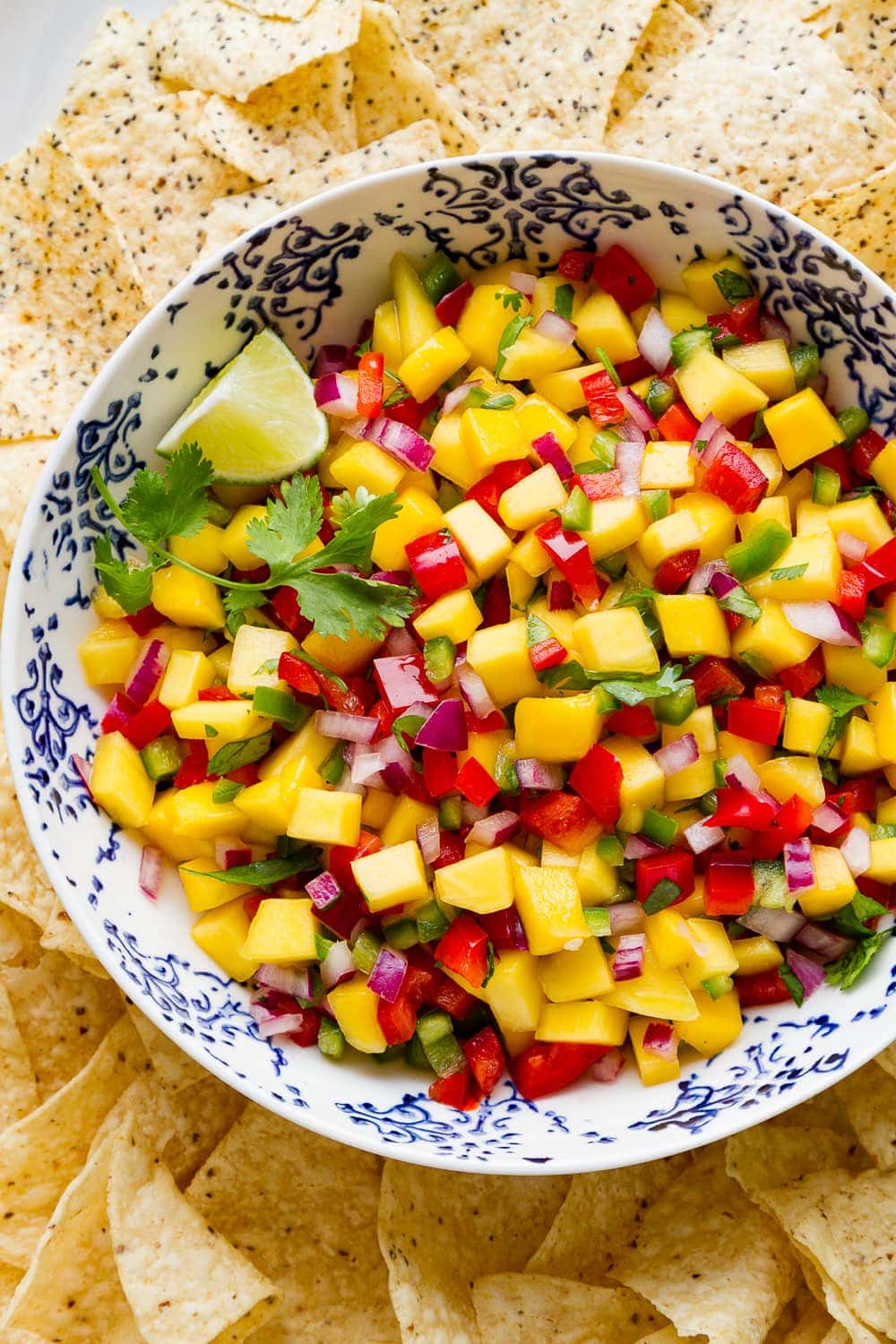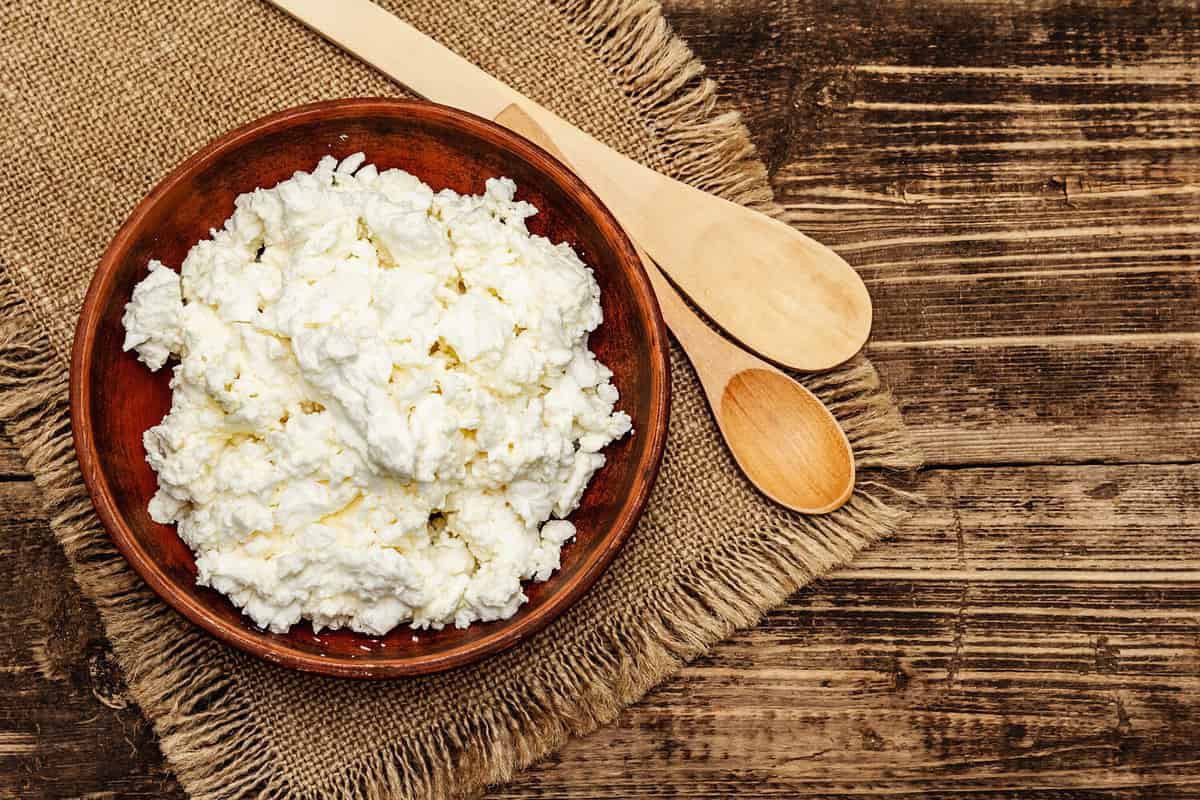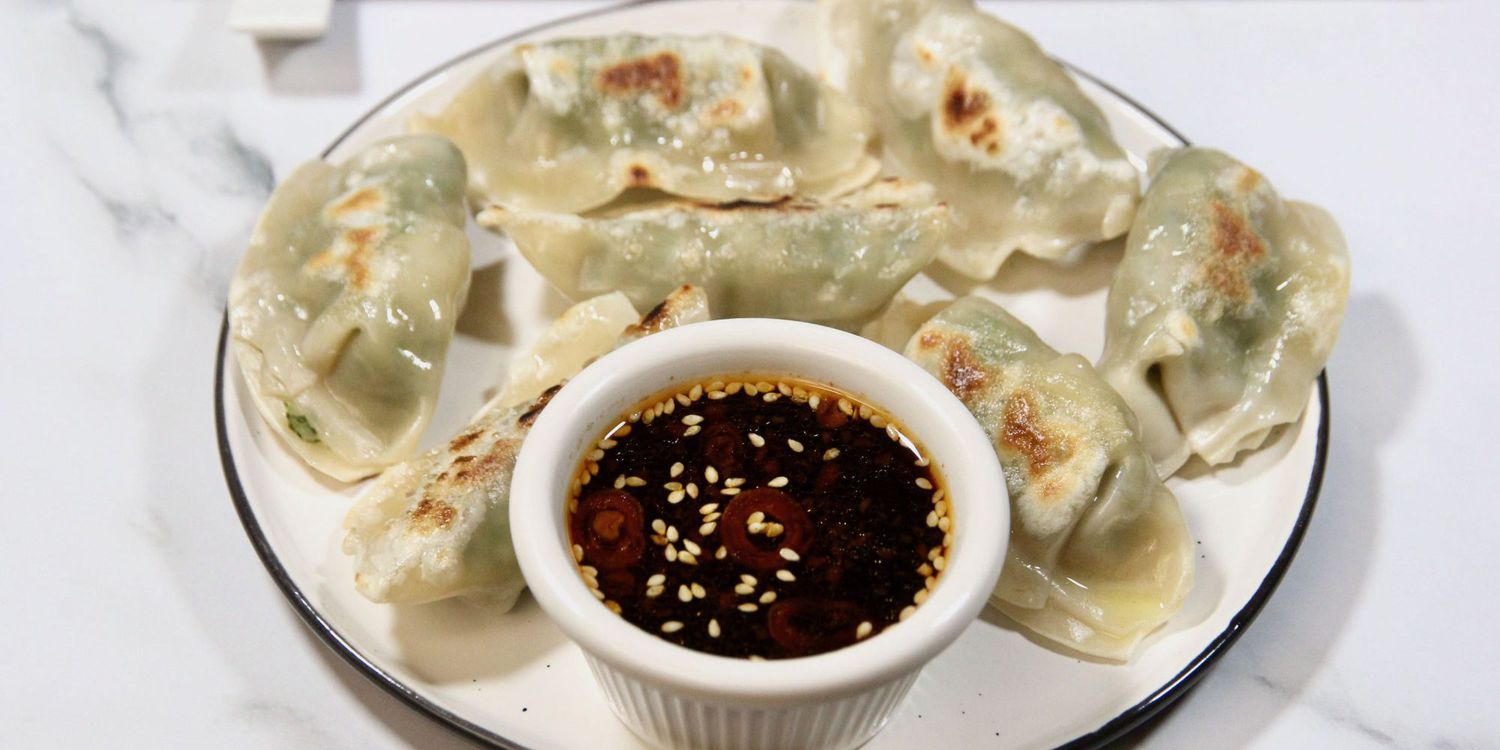Discovering the Delightful White Dragon Fruit
Have you ever heard of the white dragon fruit? If not, you’re in for a treat! This unique fruit, also known as pitaya blanca, is a tropical delight that’s as delicious as it is beautiful. Let’s dive into the world of white dragon fruit and explore what makes it so special.
What Does White Dragon Fruit Look Like?
The white dragon fruit is a stunning sight to behold. Its exterior is a vibrant, leathery skin with green scales, while its interior is a mesmerizing contrast of white flesh speckled with tiny black seeds. The fruit is typically oval or pear-shaped and can weigh anywhere from 200 to 600 grams.
Taste and Texture
When it comes to taste, the white dragon fruit is a delightful combination of sweet and mildly tangy flavors. Its texture is often compared to that of a kiwi due to its soft, juicy flesh and tiny, edible seeds.
Health Benefits
White dragon fruit is not only a treat for the taste buds but also a nutritional powerhouse. Here are some of the health benefits associated with this exotic fruit:
- Rich in Antioxidants: The white dragon fruit is packed with antioxidants, which help protect the body from harmful free radicals.
- High in Fiber: This fruit is an excellent source of dietary fiber, which supports digestive health and can aid in weight management.
- Abundant in Vitamins and Minerals: White dragon fruit is loaded with essential vitamins and minerals, including vitamin C, vitamin B2, iron, and calcium.
How to Enjoy White Dragon Fruit
There are numerous ways to savor the delectable white dragon fruit. Here are a few ideas to get you started:
- Eat it Fresh: Simply slice the fruit in half and scoop out the flesh with a spoon for a refreshing snack.
- Blend into Smoothies: Add chunks of white dragon fruit to your favorite smoothie recipe for a tropical twist.
- Top off Yogurt or Oatmeal: Sprinkle diced white dragon fruit over your morning yogurt or oatmeal for a burst of flavor and nutrition.
- Create Exotic Salsas: Combine diced white dragon fruit with jalapenos, onions, and cilantro for a unique and flavorful salsa.
Where to Find White Dragon Fruit
White dragon fruit is primarily grown in tropical regions such as Southeast Asia, Australia, and Central and South America. However, it has gained popularity worldwide and can often be found in specialty grocery stores and markets, especially during its peak season from summer to early autumn.
In Conclusion
White dragon fruit is a true gem of the tropics, offering a delightful blend of flavor, nutrition, and visual appeal. Whether enjoyed on its own or incorporated into various dishes, this exotic fruit is sure to add a touch of tropical flair to your culinary adventures. So, why not embark on a quest to discover the wonders of white dragon fruit for yourself?
Next time you spot this captivating fruit at the market, don’t hesitate to bring it home and indulge in its unique charms. Your taste buds and body will thank you for it!
Was this page helpful?
Read Next: What Is A Steak Burger?











